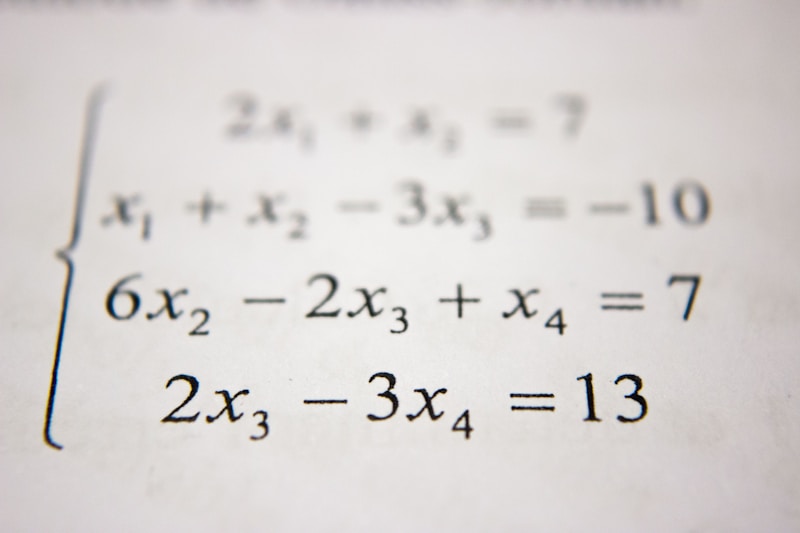10 Questions
What is the result of multiplying the fraction 3/4 by 2/5?
3/10
What is the decimal equivalent of the fraction 3/8?
0.375
What is the percentage increase from 50 to 60?
16.7%
What is the sum of the interior angles of a quadrilateral?
360°
What is the simplified ratio of 12:18?
2:3
What is the result of adding the fractions 1/4 and 2/6?
5/12
What is the equivalent fraction of the decimal 0.75?
3/4
What is the result of dividing the fraction 2/3 by 3/4?
3/2
What is the result of scaling the ratio 3:4 by a factor of 2?
6:8
What is the result of converting the percentage 25% to a fraction?
1/4
Study Notes
Fractions
- A fraction represents a part of a whole
- Consists of a numerator (top number) and a denominator (bottom number)
- Equivalent fractions: fractions that have the same value, e.g. 1/2 = 2/4
- Simplifying fractions: dividing both numerator and denominator by their greatest common divisor (GCD)
- Comparing fractions: comparing sizes by converting to equivalent fractions with the same denominator
- Adding and subtracting fractions: requires common denominator, then add or subtract numerators
- Multiplying fractions: multiply numerators and denominators separately
- Dividing fractions: invert and multiply (i.e. flip the second fraction and multiply)
Decimals
- A decimal is a way to represent a fraction with a denominator of 10, 100, 1000, etc.
- Decimals can be converted to fractions and vice versa
- Comparing decimals: compare digits from left to right
- Rounding decimals: rounding to a certain number of decimal places
- Operations with decimals: similar to fractions, but with decimal points
Percentages
- A percentage is a fraction with a denominator of 100
- Percent increase/decrease: finding the percentage change between two values
- Percentage of a number: finding a percentage of a value
- Calculating percentages: multiplying by a percentage as a decimal
- Converting between fractions, decimals, and percentages
Geometry
- Points: locations in space, represented by coordinates (x, y)
- Lines: sets of points extending infinitely in two directions
- Line segments: parts of lines with a fixed length
- Angles: formed by two rays sharing a common endpoint
- Types of angles: acute (< 90°), right (90°), obtuse (> 90°), straight (180°)
- Properties of 2D shapes:
- Number of sides and vertices
- Types: quadrilaterals, triangles, polygons
- Sum of interior angles
Ratios
- A ratio is a comparison of two quantities
- Writing ratios: using a colon (:) or as a fraction
- Equivalent ratios: ratios that have the same value, e.g. 2:4 = 1:2
- Simplifying ratios: dividing both numbers by their greatest common divisor (GCD)
- Comparing ratios: comparing sizes by converting to equivalent ratios
- Scaling ratios: multiplying or dividing both numbers by the same value
Test your knowledge of math fundamentals, including fractions, decimals, percentages, geometry, and ratios. Covers concepts such as equivalent fractions, simplifying fractions, and properties of 2D shapes. Assess your understanding of math basics.
Make Your Own Quizzes and Flashcards
Convert your notes into interactive study material.
Get started for free



